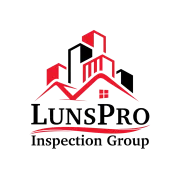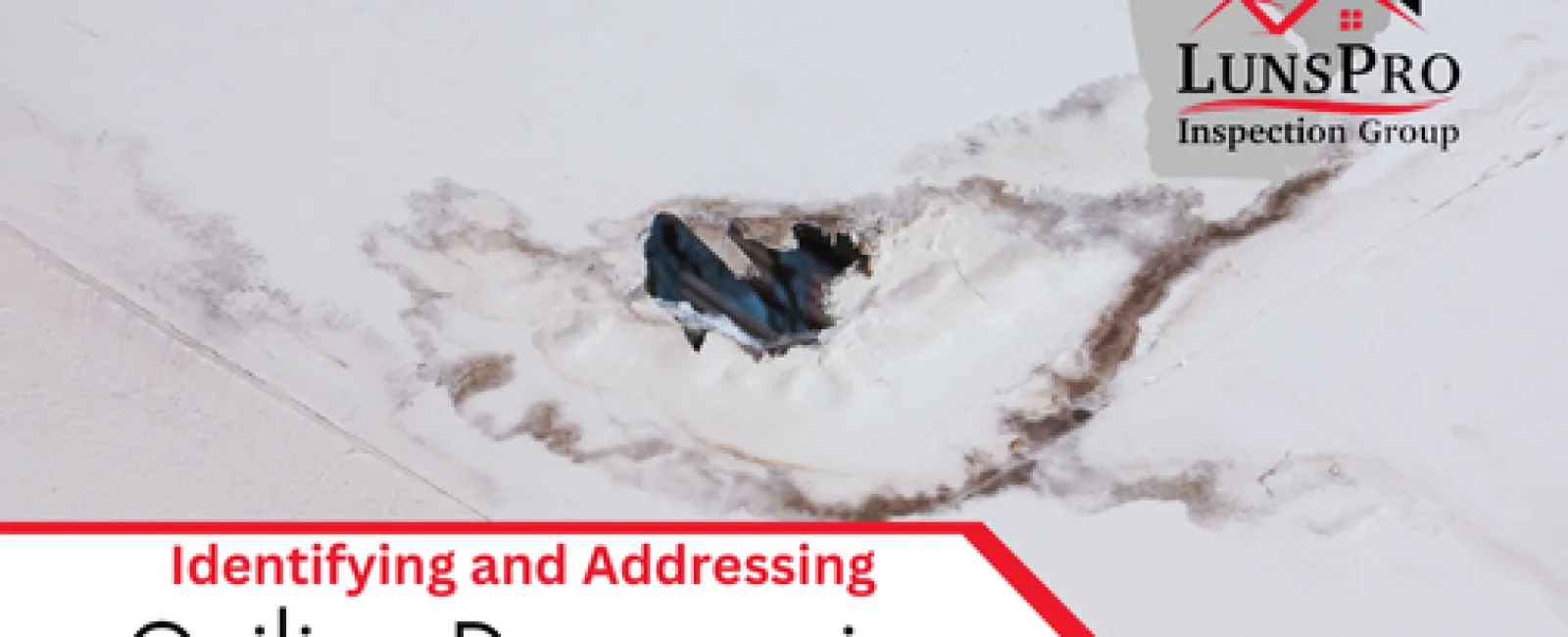Commercial properties require regular inspections to ensure safety, functionality, and compliance with building codes. One critical aspect that often needs attention is the condition of the ceilings. Ceiling damage, including structural issues and fungal growth, can pose significant risks to the occupants and the integrity of the building. In this article, we'll explore the common causes, consequences, and solutions for ceiling damage in commercial properties, with insights from a recent inspection by Ashi-certified Inspector, Joe M. of LunsPro Inspection Group.
Understanding Ceiling Damage
Ceiling damage in commercial properties can manifest in various forms, including cracks, holes, sagging, and water stains. These issues can result from structural problems, water infiltration, or inadequate maintenance. Recognizing the signs of ceiling damage early and addressing them promptly is crucial to prevent further deterioration and ensure the safety of the building.
Common Causes of Ceiling Damage
Water Infiltration: Water damage is one of the most common causes of ceiling issues. Leaks from the roof, plumbing, or HVAC systems can lead to water stains, sagging, and eventually, ceiling collapse. Moisture can also promote fungal growth, such as mold and mildew, which can compromise indoor air quality and pose health risks.
Structural Issues: Structural problems, such as settling foundations or shifting support beams, can cause cracks and holes in the ceiling. These issues often indicate underlying problems that need to be addressed to maintain the building's integrity.
Poor Maintenance: Inadequate maintenance practices can contribute to ceiling damage. Neglecting regular inspections and repairs can allow minor issues to escalate into major problems over time.
Pest Infestations: Pests, such as termites and rodents, can damage the structural components of a ceiling. Their presence can weaken the materials and create entry points for water and further damage.
Consequences of Ceiling Damage
Ignoring ceiling damage in commercial properties can lead to several serious consequences, including:
Safety Hazards: A damaged ceiling can pose significant safety risks to occupants. Falling debris, ceiling collapse, and exposure to mold spores can endanger the health and well-being of employees, customers, and visitors.
Structural Compromise: Ceiling damage often indicates broader structural issues within the building. If left unaddressed, these problems can compromise the overall stability and safety of the property.
Increased Repair Costs: Delaying repairs can result in more extensive and costly fixes in the long run. Addressing issues early can help minimize damage and reduce expenses.
Legal and Compliance Issues: Building codes and regulations require commercial properties to meet specific safety and maintenance standards. Failure to address ceiling damage can result in legal liabilities and non-compliance penalties.
Addressing Ceiling Damage
To prevent further damage and ensure the safety of your commercial property, it's essential to address ceiling issues promptly. Here are some steps you can take:
Regular Inspections: Conduct regular inspections of your commercial property, focusing on the condition of the ceilings. Look for signs of water damage, cracks, sagging, and fungal growth.
Professional Assessment: Engage a qualified home inspection service, such as LunsPro Inspection Group, to conduct thorough evaluations of your property. Professional inspectors can identify underlying issues and recommend appropriate solutions.
Waterproofing and Repairs: Address water infiltration sources, such as roof leaks and plumbing issues, to prevent further damage. Repair any existing damage promptly to maintain the integrity of the ceiling.
Fungal Remediation: If fungal growth is detected, engage a qualified professional to perform testing and remediation. Mold and mildew can pose health risks and should be addressed by experts.
Structural Repairs: If structural issues are identified, consult with a structural engineer or contractor to address the problems. Reinforcing support beams and repairing foundation issues can prevent further ceiling damage.
Preventive Maintenance: Implement a preventive maintenance plan to ensure regular inspections and timely repairs. Proper maintenance can extend the lifespan of your ceilings and reduce the risk of damage.
Ceiling damage in commercial properties is a serious issue that requires prompt attention and professional intervention. By understanding the common causes, recognizing the signs, and taking proactive measures, property owners can ensure the safety and integrity of their buildings. Regular inspections and timely repairs are essential to prevent costly damage and maintain compliance with building codes.
If you suspect ceiling damage in your commercial property or need professional assistance, contact LunsPro Inspection Group. Our experienced team is here to provide comprehensive inspections and effective solutions to protect your investment.

